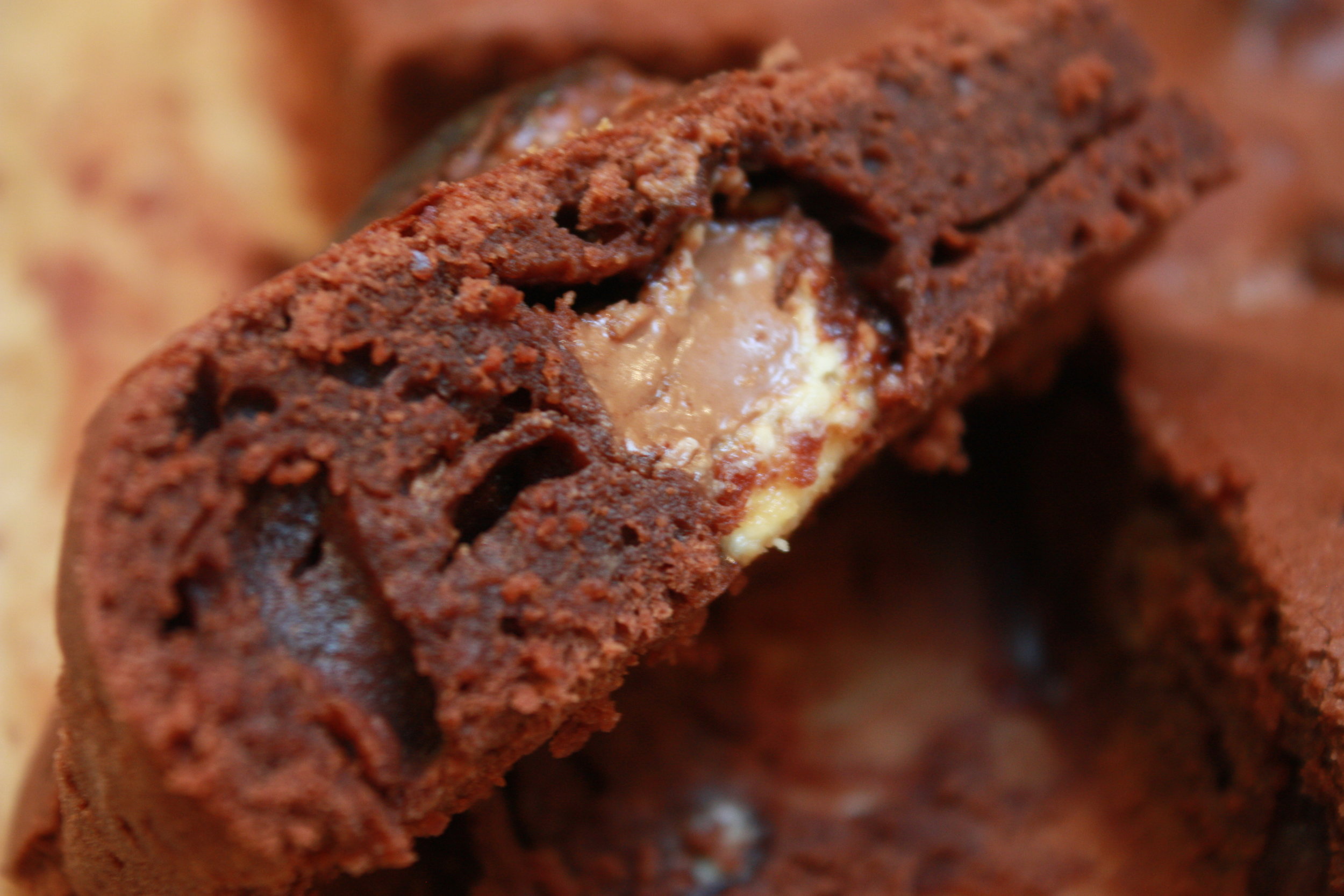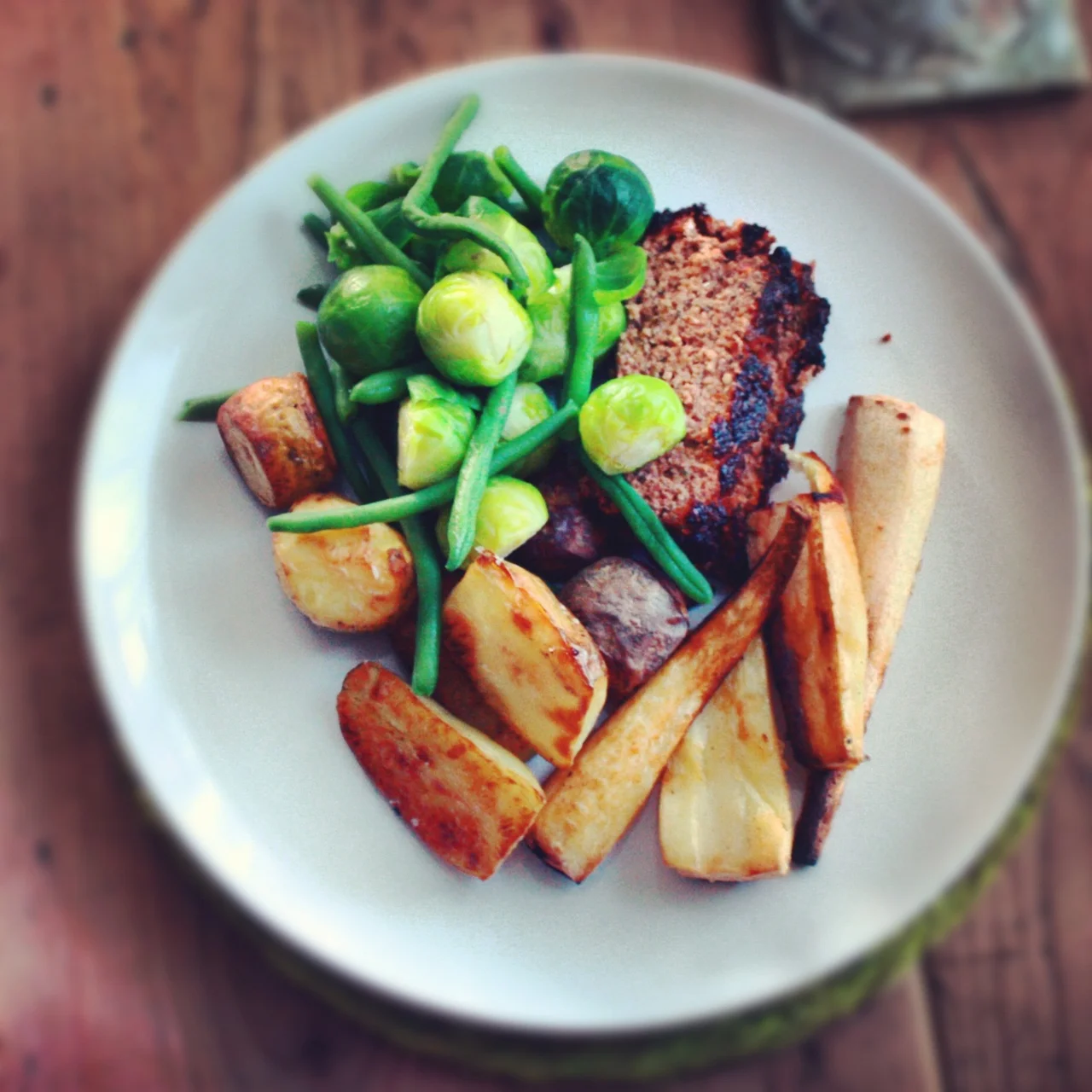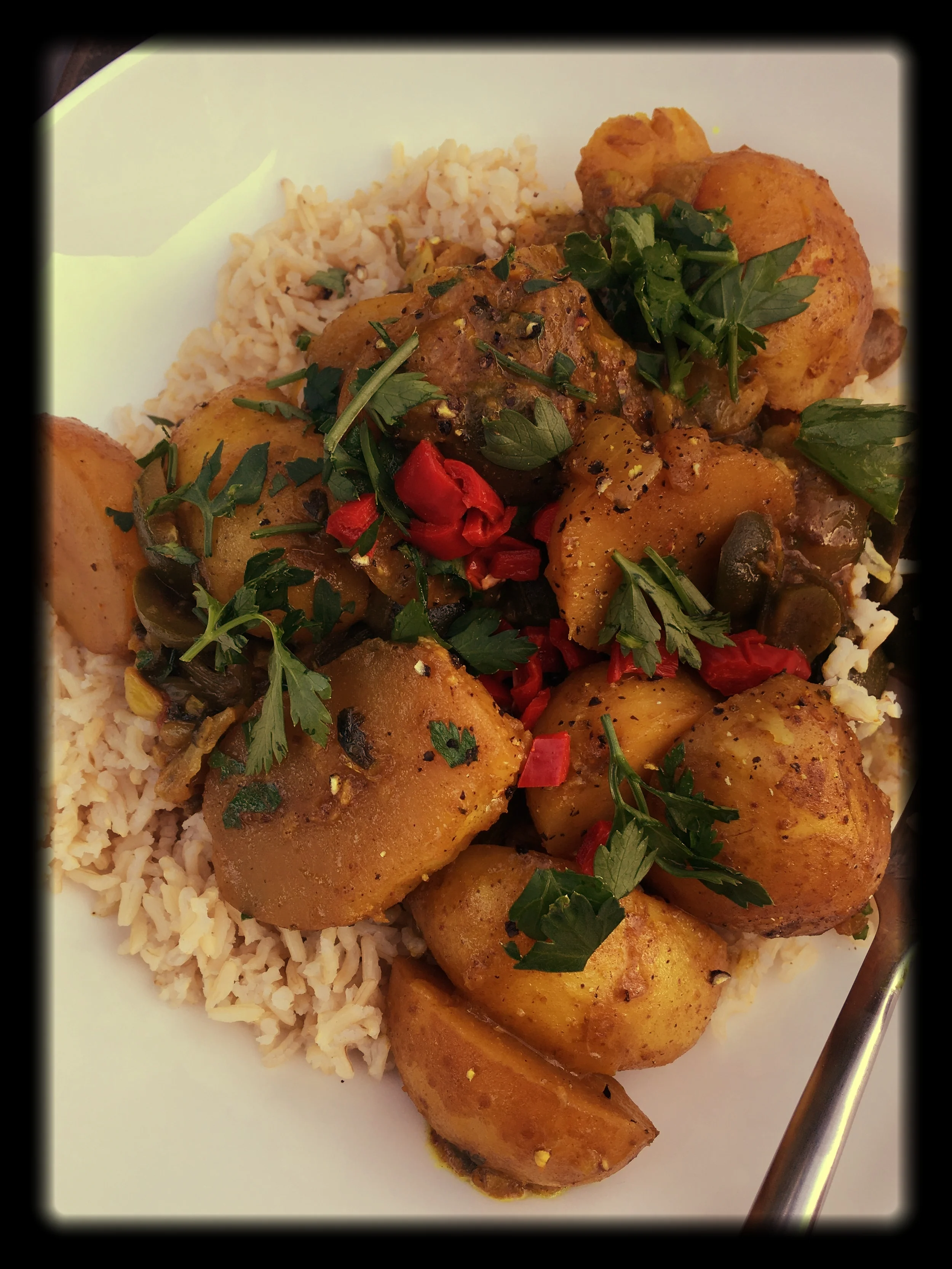My standard brunch tends to go through phases. After having one of the tastiest breakfast rolls in my life in Sydney in December 2011, my standard go-to Sunday brunch for years was a ciabatta roll with pesto, halloumi, red pepper and a fried egg. For which I am still happy to provide the recipe. It really is so good - for a time, I considered setting up a stand outside Amersham station (which was our local station for a while, in 2013-14) to rival the bacon sandwich man. I thought it would be a lucrative venture. Seriously, those egg-halloumi-pesto rolls were the best.
But lately things have shifted and chilli cheese toast with a fried egg on top is what Tom and I find ourselves eating on the weekends. I had a similar dish at Dishoom for brunch and loved it so much, making it at home was the next logical step.
The chutneys that I make this toast with are something of a revelation, and making them has become an obsession of mine. I have embraced my inner Mary Berry and become something of a chutney-maker this last year. There's something so satisfying about putting a pan of ingredients on to simmer on a Sunday afternoon, coming back after an hour and the house has been infused with the sharp smell of spices, ginger and chilli and the sweetness of garlic and tomato.
I much prefer chutneys to jams. They are so versatile, you can put a dollop on top of a curry, soup, a piece of grilled tofu, halloumi or fish. Or spoon directly out of the jar, as I sometimes do.
The two I currently make in regular rotation are: the tomato kasundi from Anna Jones' excellent cookbook The Modern Cook's Year, which I highly recommend; and the aubergine and tamarind chutney from Jackie Kearney's Vegan Street Food, which is also one of my most cooked from cookbooks. Both of them are spicy and have a fierce kick from the chilli, and a tangy sourness that I find so addictive. I couldn't find these specific recipes made available by their creators online but if you google the names, you should be able to find something similar (or buy the books, they are both wonderful and I cook from them a lot). Or use a store-bought chilli chutney, they are very easy to find. But it goes without saying that you should buy the best you can afford. This not a dish on which to skimp, particularly the cheese!
Cheese on toast was one of the first things I learned to make as a child (Anzac biscuits were the first, then pancakes) and while what follows here is hardly a recipe, this is how I do it.
Chilli cheese toast with a fried egg
For 2
4 pieces of good sourdough bread
Your favourite chilli-spiked spicy chutney or sauce, as much as you like
Some piquant mayonnaise (optional, but does help offset the spiciness. I like to use Japanese Kewpie mayo)
Grated mature cheddar cheese, as much as you like
2 or 4 eggs (depending on whether you're having one or two each)
Olive oil or cooking spray
Freshly ground black pepper
Sprigs of fresh coriander or parsley, or finely chopped spring onion (optional)
A side of wilted, lemon-dressed spinach if you're feeling virtuous (optional)
Preheat your oven to 220 C (fan-forced).
Line a baking tray with foil or baking paper. Place the bread on the tray. Top each slice of bread with spoonfuls of your chosen chilli chutney and spread around to cover the surface of the bread. Evenly squeeze on a little bit of mayonnaise, if using.
Top the bread with grated cheddar to completely cover the bread.
Bake in the oven for 5 minutes or until golden and bubbling.
While the toast is in the oven, heat a splash of oil in a frying pan over high heat (or spray the frying pan with cooking spray). Once the pan is hot, crack in your eggs and fry until they are cooked to your liking. I usually cover the pan for a minute so the top of the egg steam-cooks but the bottom remains lacy and crispy.







